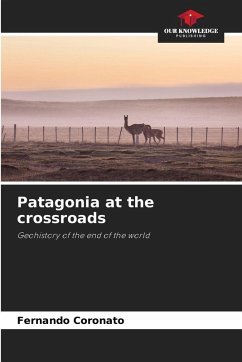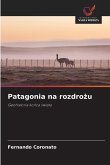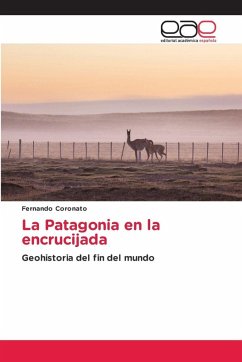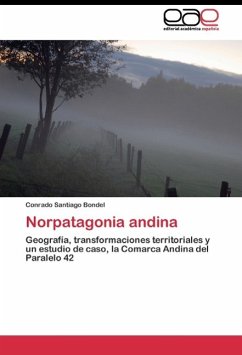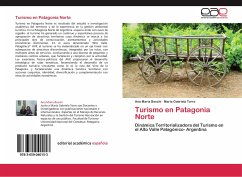In the confines of the Spanish Empire, Patagonia was openly exposed to British influence; this situation was prolonged during the 19th century when Chile and Argentina entered the scene. After 1880, following the manu militari resolution of the "Indian problem", both countries embarked on a colonization race in the region and resorted to sheep farmers from the Malvinas and the pampas. Sheep farming allowed the rapid and profitable occupation of the territory and its insertion in world trade. In 1914, Patagonia produced 1/3 of South America's wool. The functional region was autarchic and Anglophile, but the Argentine and Chilean states ended up imposing themselves after 1930 and the international frontier managed to break the unity of the region. The regional dismantling was parallel to the hardening of nationalism and British withdrawal. Today, Patagonia would be in equilibrium between the centripetal forces of geo-historical cohesion and the centrifugal forces of extra-regional politics. The resurgence of regionalisms as a reaction to globalization would give Patagonia the opportunity to reconstitute itself.
Bitte wählen Sie Ihr Anliegen aus.
Rechnungen
Retourenschein anfordern
Bestellstatus
Storno

